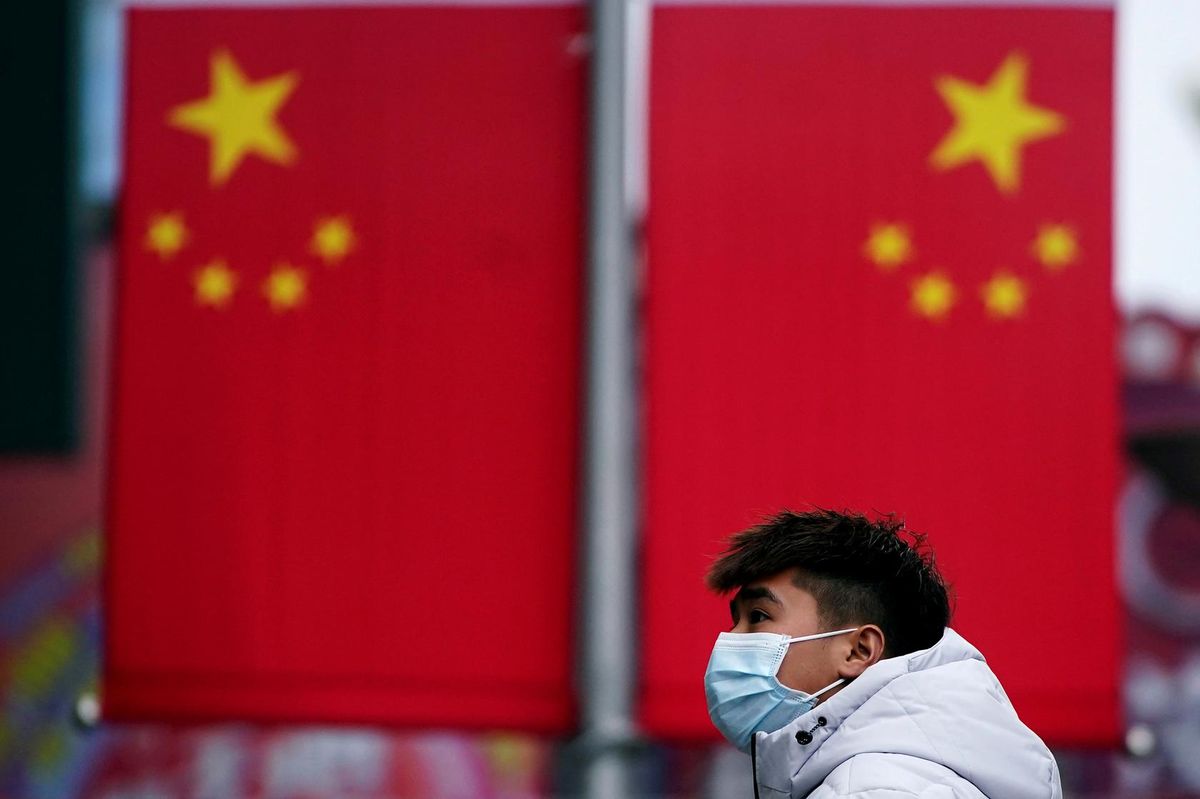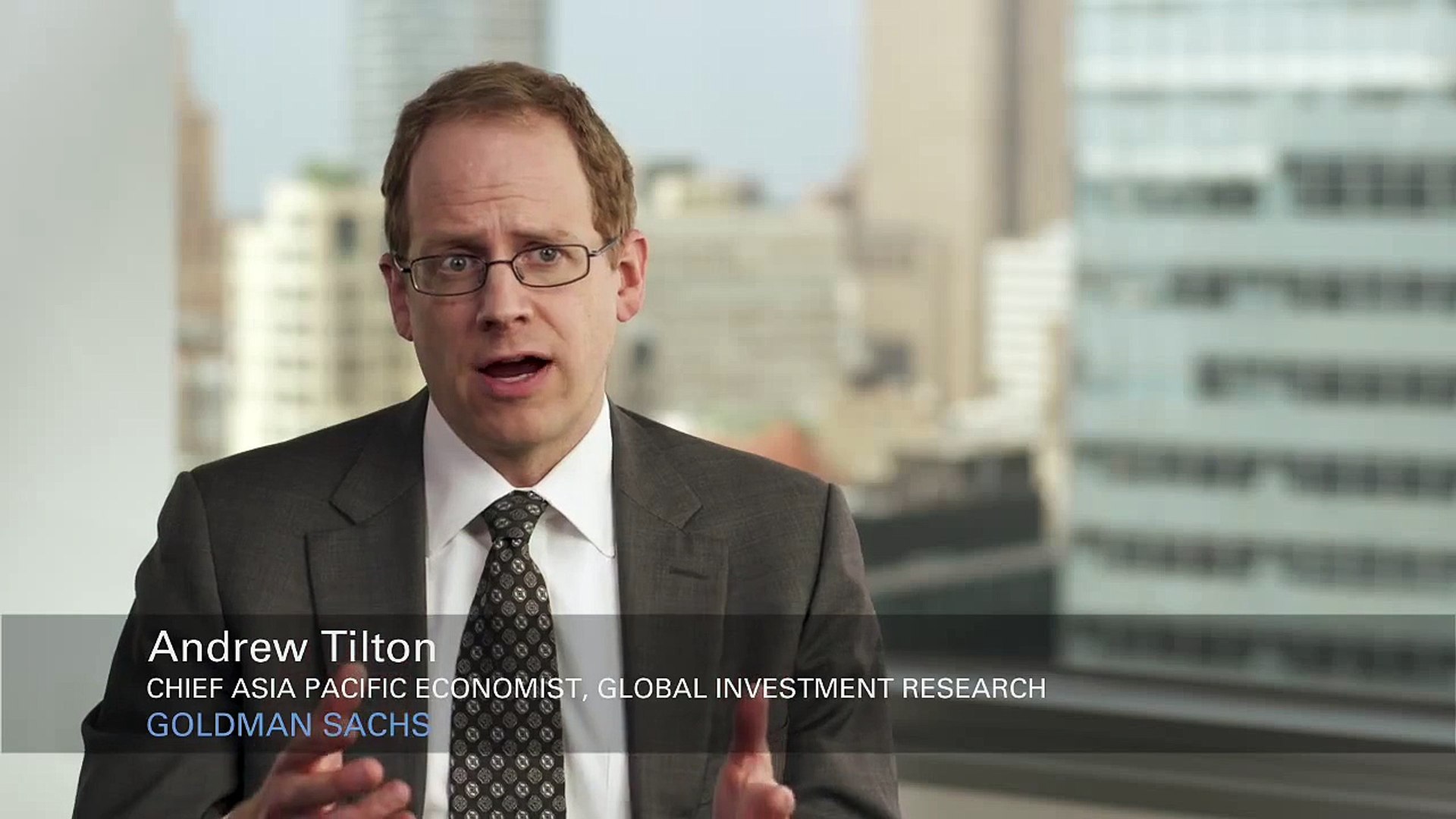Experts: US ‘unprepared on almost every level’ for ‘any sizable outbreak’ of COVID-19

A few minutes every morning is all you need.
Stay up to date on the world's Headlines and Human Stories. It's fun, it's factual, it's fluff-free.
When making assessment, Drs. Barry Bloom and Michael Osterholm agree that ‘further global spread’ of COVID-19 is ‘likely’
Two university experts told Goldman Sachs that “from policy and preparedness coordination across national, state and local levels to the availability of drugs and medical supplies,” the United States is unprepared to deal with a COVID-19 outbreak of any significant size.
The men, Dr. Barry Bloom and Dr. Michael Osterholm, also “agree that further global spread is likely,” Goldman Sachs editor Allison Nathan wrote in a Goldman Sachs’ report entitled, “2020’s Black Swan: Coronavirus.”
The report also featured Andrew Tilton, the chief Asia-Pacific economist for Goldman Sachs, saying that he expects “the largest decline in quarter-on-quarter China GDP in over three decades.”
Tilton expects a rebound, Nathan writes, but Tilton “cautions that this expected rebound is contingent on the authorities getting the virus largely under control over the next month.” (Goldman Sachs issued the report on February 28.)

The experts explain
COVID-19 began in Wuhan, China and China remains the country hardest hit by the disease.
However, the United States is “not in much better shape than China” in terms of being ready for COVID-19, said Osterholm, the director of the Center for Infectious Disease Research and Policy at the University of Minnesota.
“We are potentially setting up for a perfect storm in which we have an increase in illnesses at the same time that we have shortages of critical drugs,” Osterholm said. “The same is true for personal protective equipment; most US hospitals today have no meaningful stockpiles of these supplies, which are on backorder because companies can’t ramp up fast enough to meet the demand.”
“We’re only now beginning to understand how dependent we are on the rest of the world for our preparedness,” Osterholm added.
For the past year-and-a-half, Osterholm has been part of a group that has studied supply chains for critical care drugs — “meaning, you need them within hours, or people start to die,” Osterholm said — in the US.
The group has identified 153 of those drugs, “all of which are generic and most of which are made outside of the US, with a sizable portion made in China,” Osterholm said.
“Sixty-three of these drugs were already in short supply even before this outbreak,” Osterholm said.
The US does not have emergency preparedness offices like it did under the Obama administration as the emergency fund has been cut, said Bloom, a professor at Harvard University’s T.H. Chan School of Public Health.
“It is a question of whether there is current leadership in this country that is able to efficiently organize the public health system in every federal agency, state, city and town,” Bloom said. “The (Centers for Disease Control) cannot yet get a workable diagnostic test to every public health laboratory in the country.”
“And we’re already facing shortages of supplies of medicine, gloves, and masks — and that’s before we’ve had any community spread,” Bloom added. “Much of our drugs and medical supplies come from China. So, in summary, we are regrettably not adequately prepared on almost any level.”
“As Laurie Garrett (a science journalist) has recently written about, during the Obama administration, all 17 agencies involved in emergency preparedness, including the White House’s Office of Emergency Preparedness and the Department of Homeland Security, had regular conference calls to discuss how to tackle scenarios such as a viral outbreak or a bioterrorism attack,” Bloom explained.
“There were plans in cities to prepare for either of those eventualities and there was a legislative fund created for emergency preparedness that could be released by CDC very rapidly if need be.”
“This infection will probably spread worldwide,” Bloom added.
“The problem is that this disease is likely more widespread than the number of identified cases reflects given that people can be asymptomatic; mildly sick people don’t typically go to hospitals and diagnostic tests are not widely available,” Bloom said. “And when you get to a much larger number of cases — several hundred or thousands of cases — the ability of the public health system to track down and contain every contact becomes overwhelmed.”
“Add to the fact that an awful lot of exposed people flew out of Wuhan before restrictions were imposed who we don’t know anything about,” Bloom added.

“We are just beginning to see a rise in international cases, and … we can expect more to come,” Osterholm said.
“Take a look at what happened in Wuhan,” Osterholm said. “The virus emerged there in late November at the latest, and no one in the medical community picked up any activity until the end of December — a month later.”
Each infected person who isn’t in quarantine infects about two other people on average. That number is 1.2 to 1.4 for the regular flu and about 1.8 for pandemic influenza.
“Using an incubation period of around six days, in the first 24 days, or four generations of the virus there are 31 total new cases per every individual initially infected.
“Over the next four generations, there are a total of 480 cases. At that point, you might start picking up something, but if 80 percent of these cases are mild, not a lot of cases would be detected by the medical system. After the tenth generation, there are 1,548 total cases. If 5 percent of these are severe, you really start picking this up, but that’s already 10 generations, or 60 days, out,” Osterholm said.
Every country across the globe where COVID-19 is introduced “will go through a similar pattern in which the disease goes undetected for the first month or two,” Osterholm explained.
“And once the virus is detected, it will take time to see a buildup in the number of cases,” he added.
Tilton, the chief Asia-Pacific economist for Goldman Sachs, says that a first-quarter GDP growth level of 2.5% in year-over-year terms “implies a sizable contraction in quarter-over-quarter GDP and the worst quarter for Chinese growth in three-plus decades.”
“And some high frequency data points look much worse,” Tilton said. “So when we do see the monthly macro data for this period, we expect it to be pretty ugly.”
That said, “the typical pattern of past viral outbreaks has been a rapid decline in economic activity over a few months, followed by a sharp rebound,” Tilton acknowledged.
That’s the “template” Tilton has “assumed,” he said when explaining his forecast.
“So even though (the first quarter) is likely to be very weak, we’re expecting a strong rebound in (the second quarter) and (third quarter),” Tilton said. “For that reason, we expect a total hit for the year of only around half a percentage point of GDP relative to our pre-virus forecast.”
But there’s a rolling of the dice involved.
“This assumes the outbreak is brought largely under control by quarter-end, which remains highly uncertain,” Tilton explained.
[article_ad]
Have a tip or story? Get in touch with our reporters here!




Comments ()